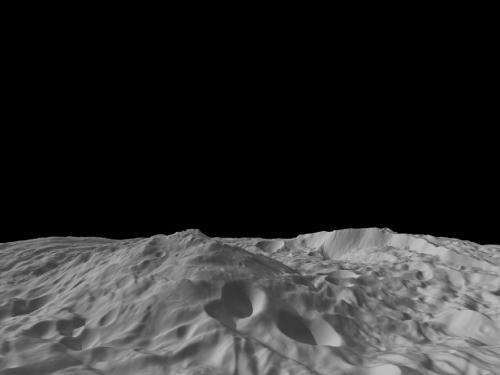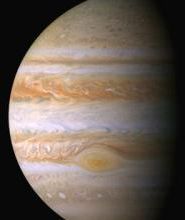
When NASA's Dawn spacecraft entered orbit around giant asteroid Vesta in July, scientists fully expected the probe to reveal some surprising sights. But no one expected a 13-mile high mountain, two and a half times higher than Mount Everest, to be one of them.
For many years, researchers have been collecting Vesta meteorites from "fall sites" around the world. The rocks' chemical fingerprints leave little doubt that they came from the giant asteroid. Earth has been peppered by so many fragments of Vesta, that people have actually witnessed fireballs caused by the meteoroids tearing through our atmosphere. Recent examples include falls near the African village of Bilanga Yanga in October 1999 and outside Millbillillie, Australia, in October 1960.
"Those meteorites just might be pieces of the basin excavated when Vesta's giant mountain formed," says Dawn PI Chris Russell of UCLA.











Comment: Read 2012 - On The Eve Of Destruction? to learn more about what awaits us in the next year.